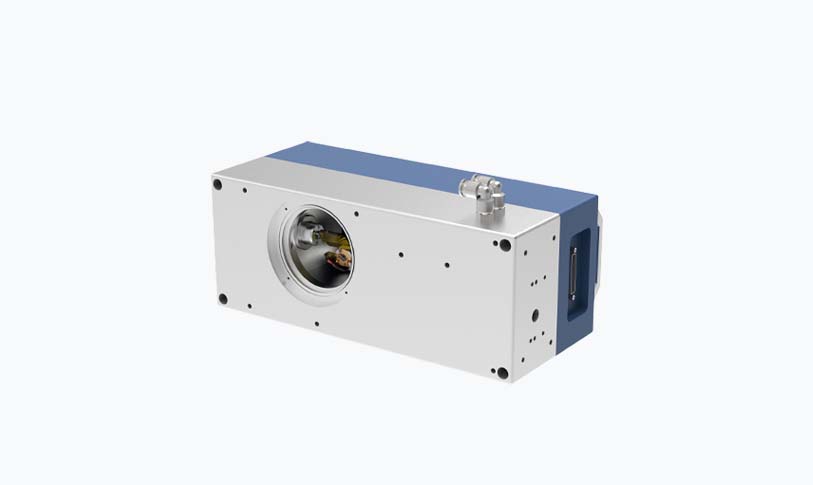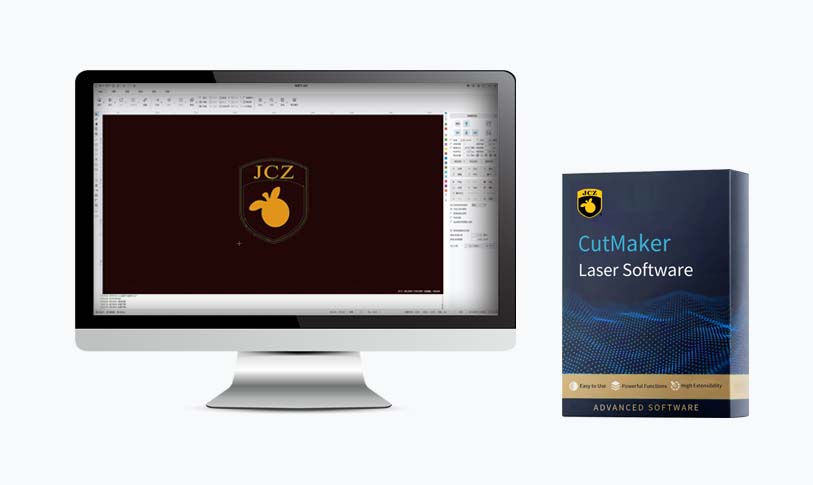[picosecond nanosecond]1
News 2025-4-23
Title: Picosecond and Nanosecond Electronics: The New Era of Precision TimingIn today's world of high-speed electronics and digital technology, the need for precision timing has become increasingly important. The picosecond and nanosecond have emerged as critical units in the field of electronics, revolutionizing the way we measure and understand electronic processes.
What is a Picosecond? -------------------
A picosecond is a unit of time that represents one trillionth of a second. In electronics, picoseconds are used to measure the time it takes for an electronic signal to propagate or to determine the response time of electronic devices. With the advent of modern electronics, picoseconds have become crucial in areas such as high-speed computing, optical communications, and quantum computing.
What is a Nanosecond? -------------------
A nanosecond is one billionth of a second, which is even shorter than a picosecond. In electronics, nanoseconds are commonly used to measure the time it takes for an electrical pulse to travel through a circuit or device. Like picoseconds, nanoseconds are vital in high-speed and high-performance computing, data storage, and transmission systems.
Picosecond and Nanosecond Electronics: The Intersection --------------------------------------------
The intersection of picosecond and nanosecond electronics has opened up new possibilities in various fields. In computing, for instance, picosecond and nanosecond timers are used to ensure accurate execution of instructions and maximize processing speed. In data transmission and communication systems, these units are essential for ensuring accurate data transfer and minimizing signal distortion. Additionally, in the field of quantum computing, picoseconds and nanoseconds are crucial for manipulating quantum bits (qubits) and ensuring the stability of quantum states.

1

1

1
The era of picosecond and nanosecond electronics has ushered in a new era of precision timing in various fields. While there are challenges to overcome, the potential benefits of these technologies are immense, paving the way for new possibilities in high-speed computing, data transmission, communication systems, and quantum computing. As we move forward, we can expect further advancements in this field, leading to more efficient and faster electronic systems.
[Read more about picosecond and nanosecond electronics at www.example.com.]